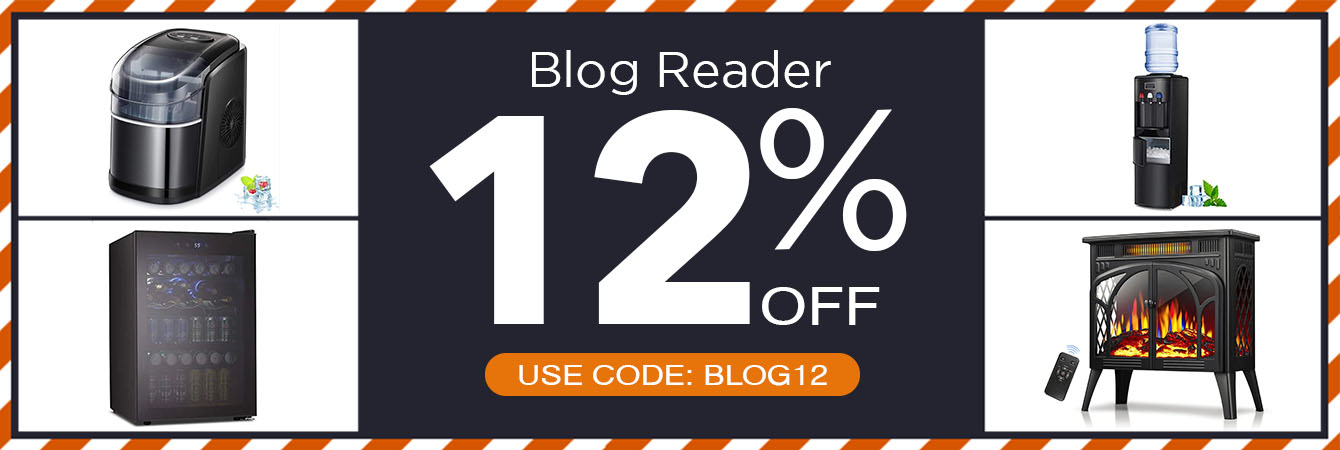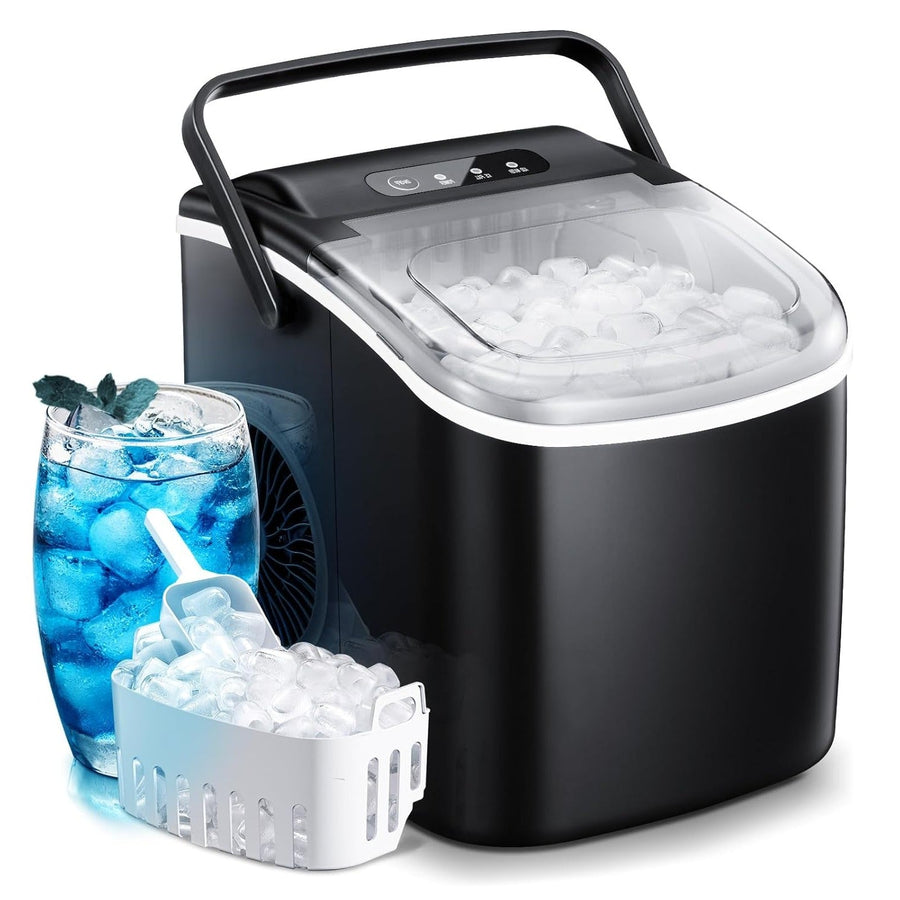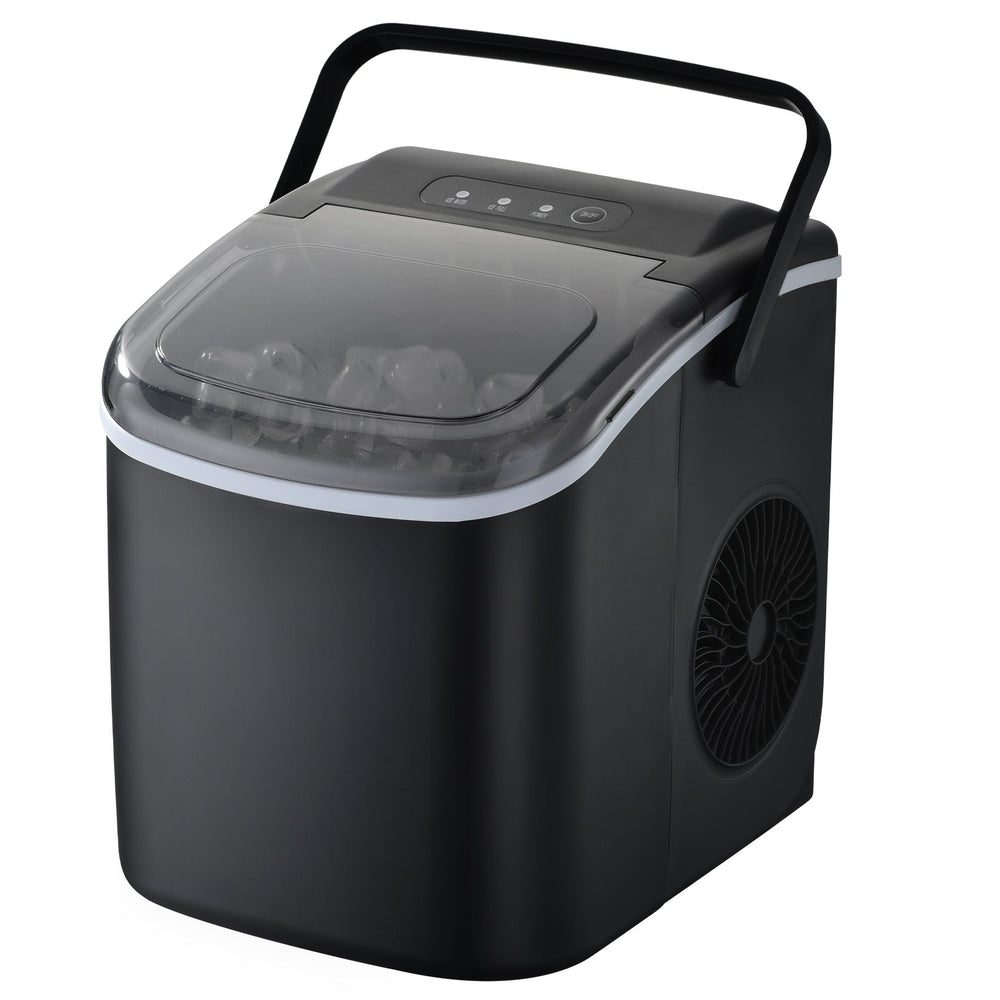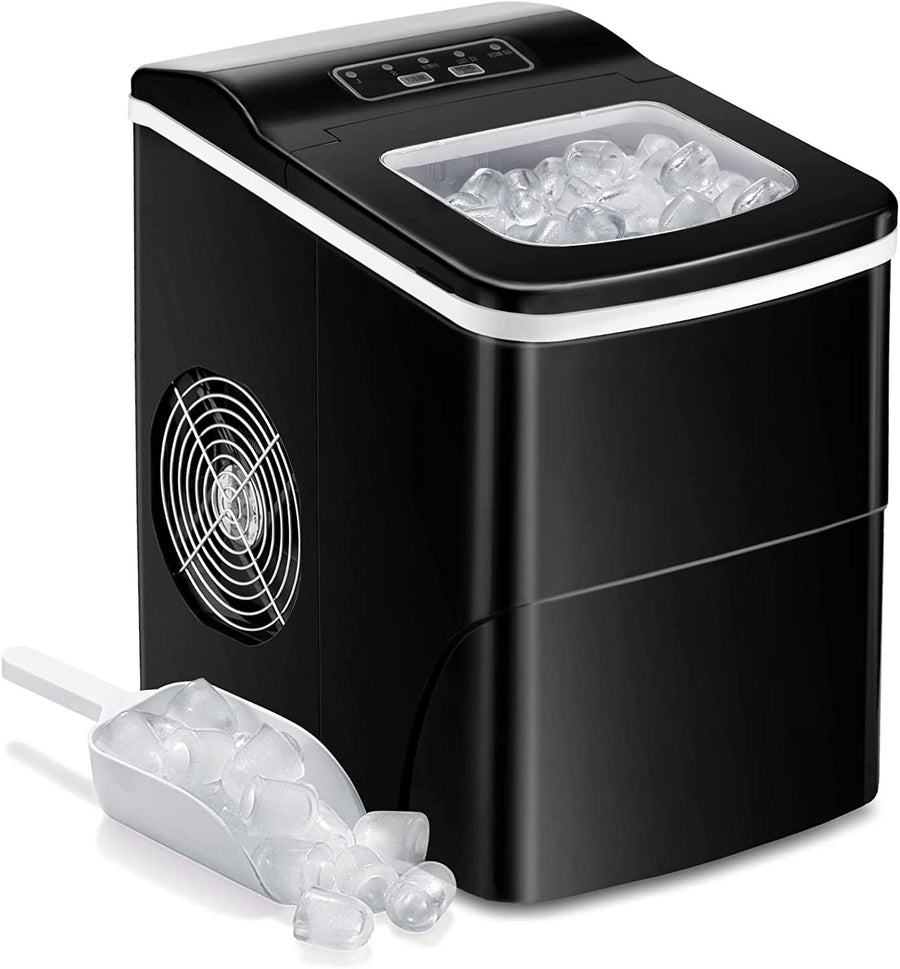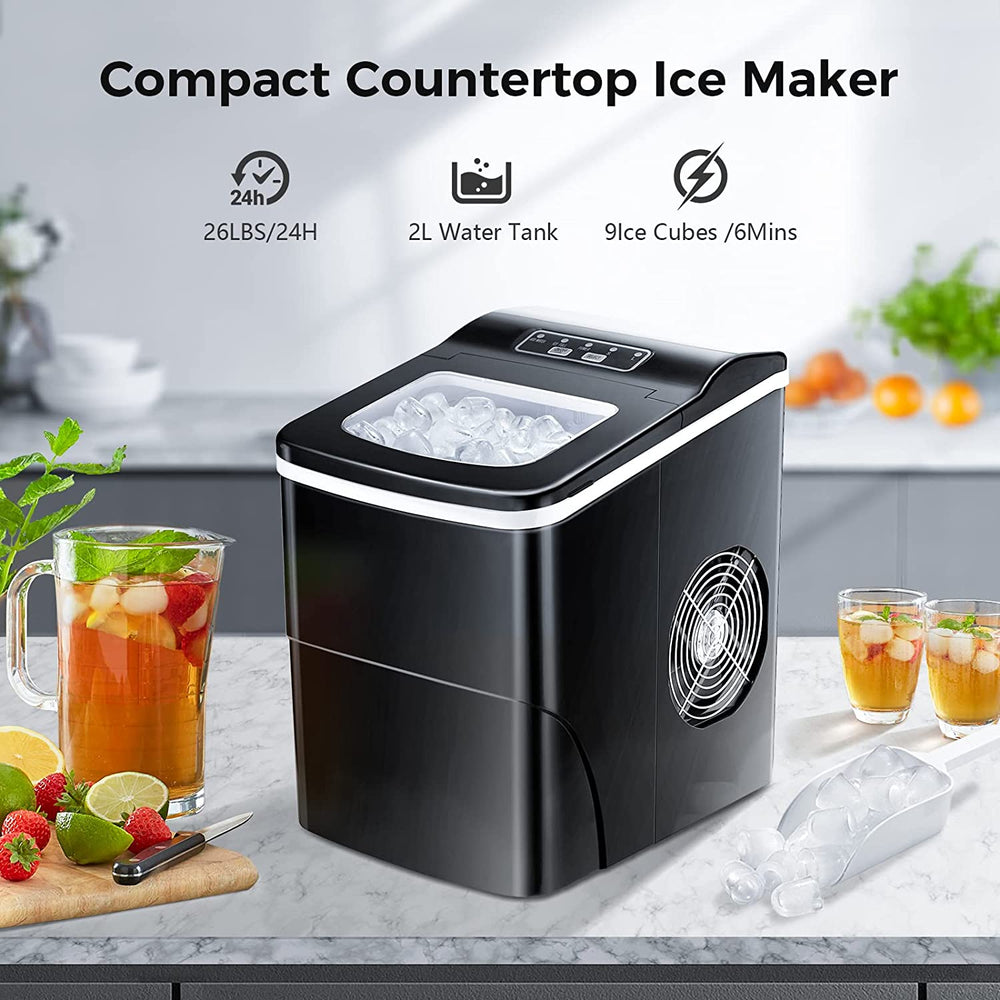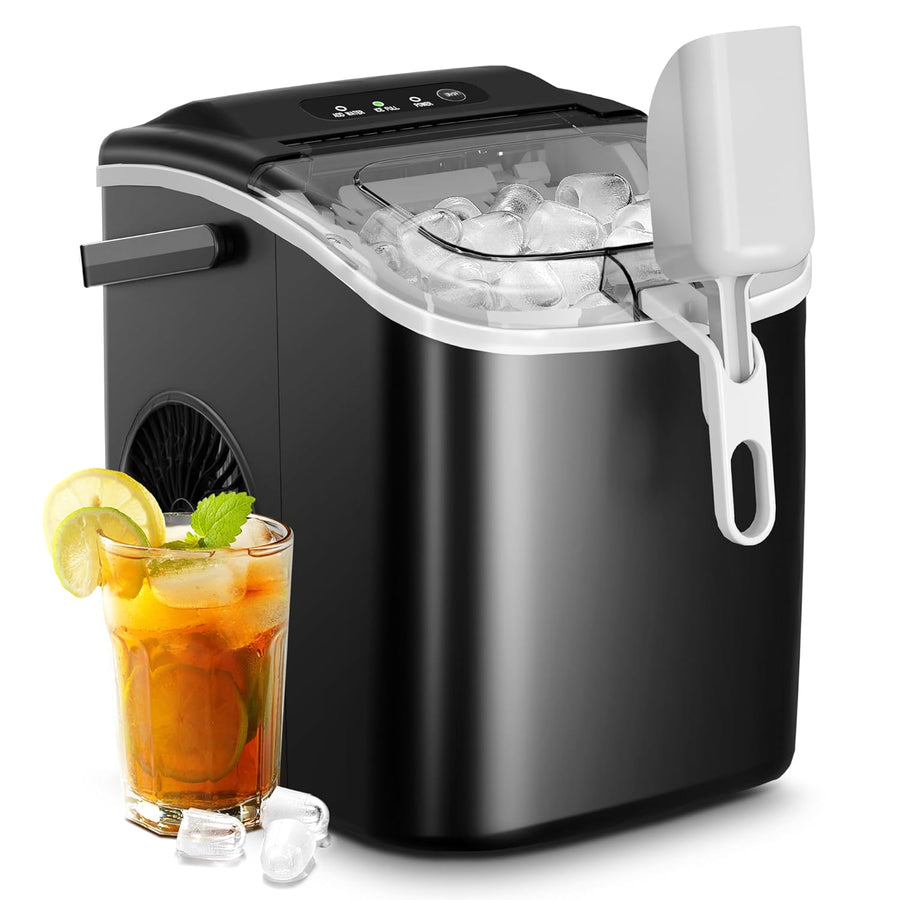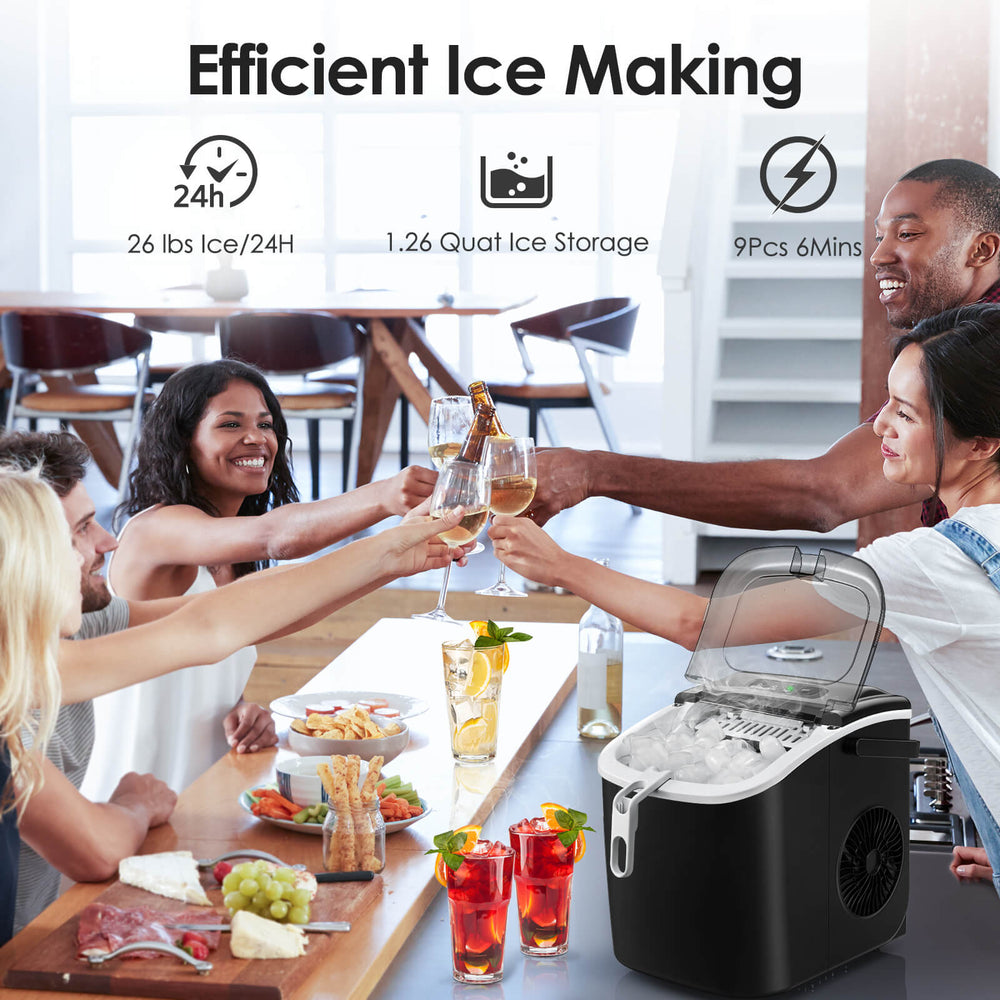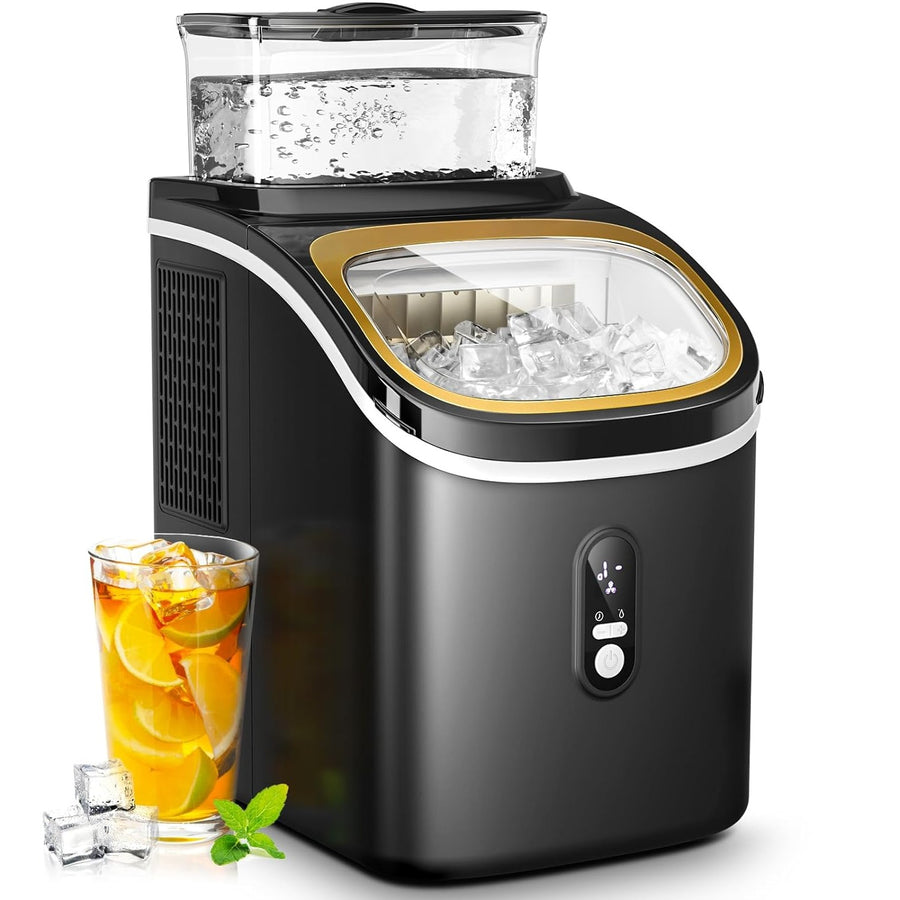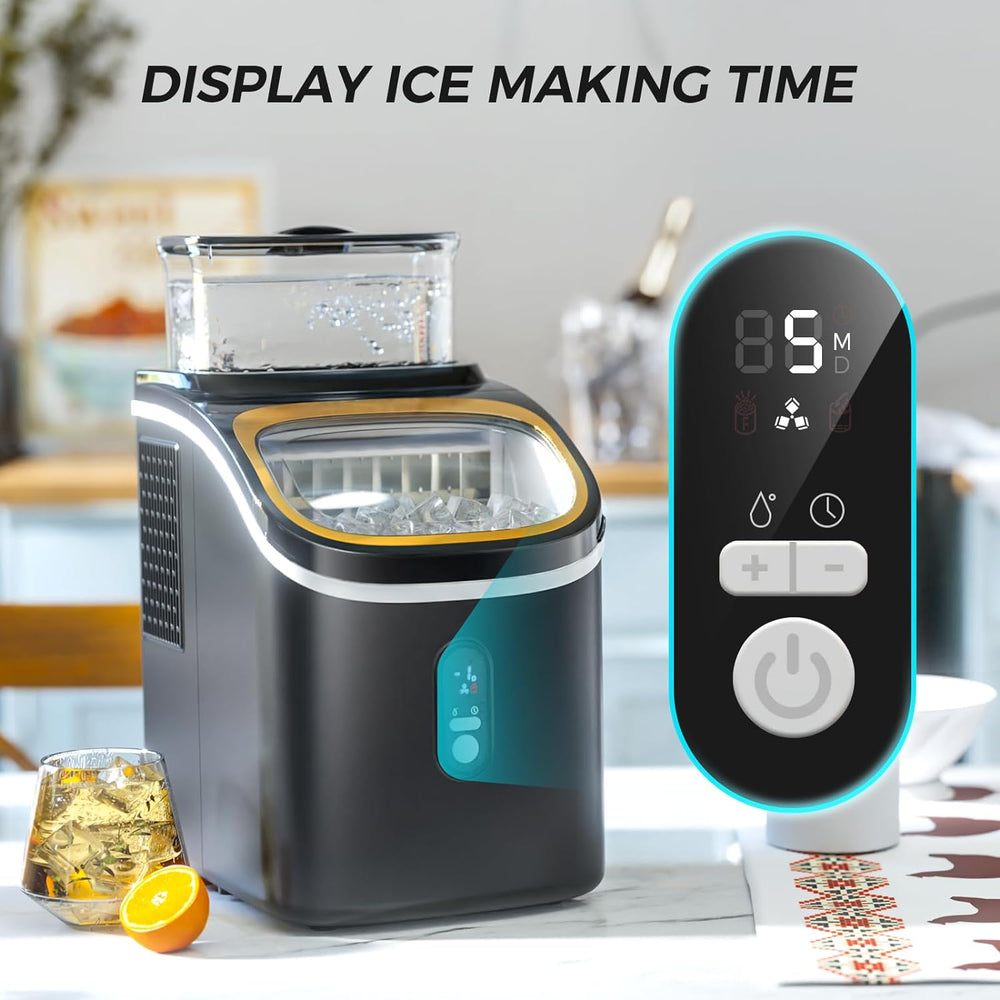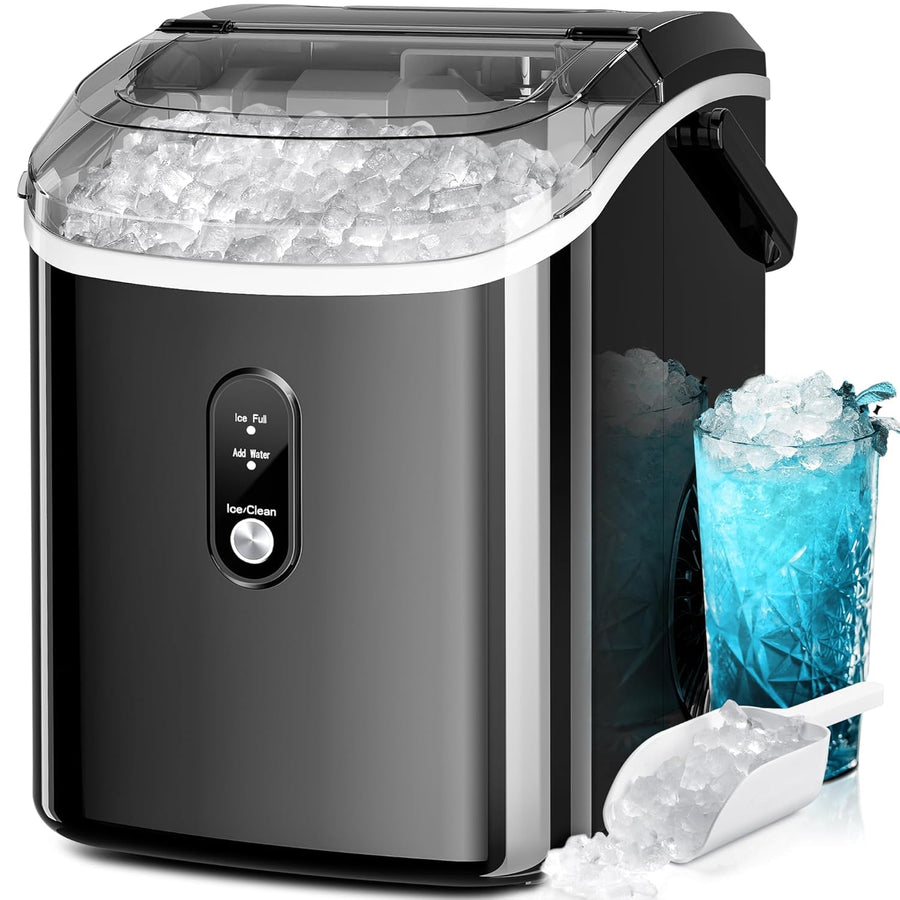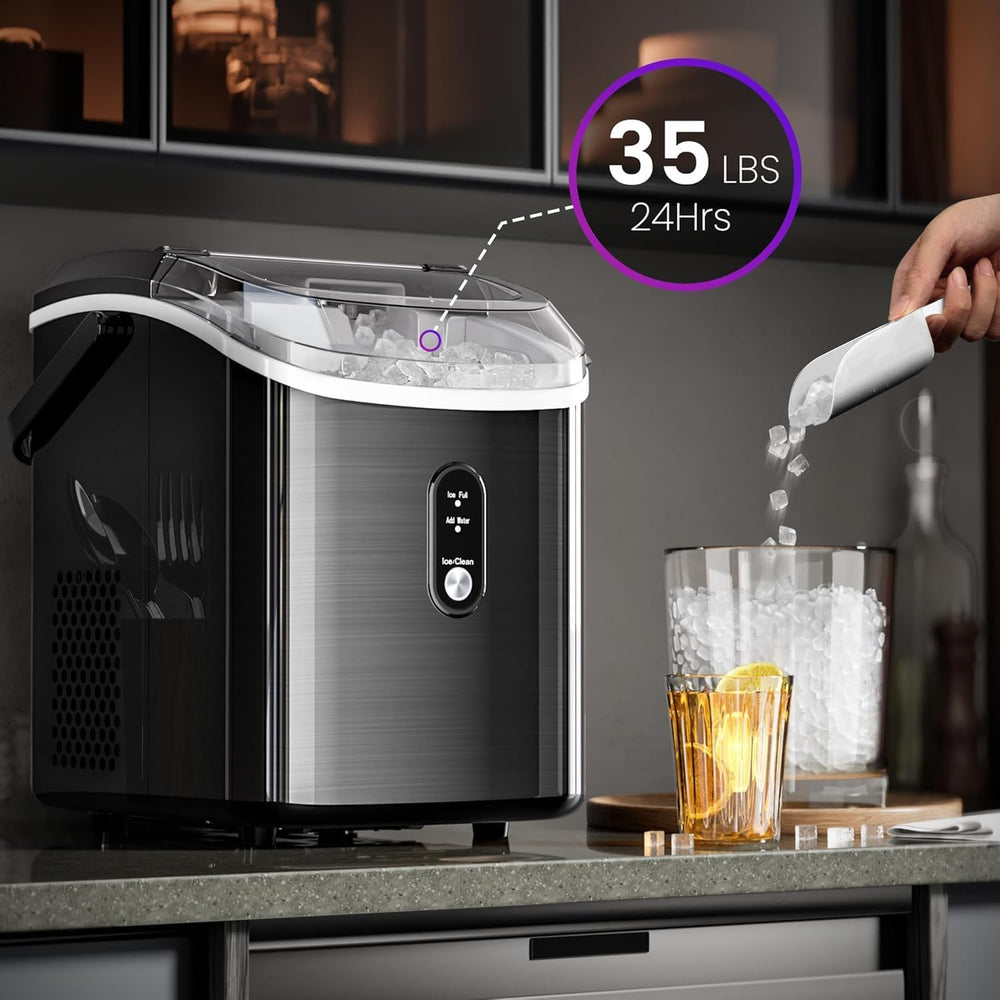How to Clean Your Portable Ice Maker: 10 Steps (with Pictures)
If cared for correctly, a portable ice maker can last for many years. In fact, some appliances have been known to last up to a decade.
But the key to getting longevity out of your countertop ice maker is care. Staying up to date with its cleaning routine is imperative.
So, how do you complete a thorough clean on your ice maker and how do you know when that spritz is needed?
Read on to learn more about our step-by-step guide to keeping your portable ice maker, as well as everything you’ll need to complete the clean.

What Do You Need to Clean Your Portable Ice Maker?
Cleaning your ice maker is a simple task, but it can also be quite time-consuming. So, before you get into it, let’s run through the items you’ll need.
- White vinegar or specialist cleaning solution
- Q tips / Toothbrush
- Soft cloth
- Spray bottle (optional)
Now you know what you’ll need. Let’s dive into the step-by-step guide. This process is simple to understand and easily repeatable.
Step-by-Step Guide to Cleaning Your Portable Ice Maker
These nine steps will take your ice maker from grubby to gleaming without getting through a tonne of work.
1. Turn off the appliance
The first step when figuring out how to clean a countertop ice maker is a super-simple but incredibly important one. Always switch off and unplug your machine before beginning any cleaning cycle.

2. Drain reservoir
Next, you should move your ice maker so that the (usually) white plug or stopper in the back, bottom, or side sits over your sink.Remove the plug and drain the water.


3. Add cleaning solution
Now that your appliance is drained it’s time to get some cleaner in there. Some people prefer to use a homemade vinegar solution or a combination of baking soda and warm water to a conventional ice maker cleaning solution.
A good ratio of vinegar to water is 1:1. This will help descale and disinfect the machine. Another good tip is to use filtered water during your cleaning, as tap water can add to the limescale build-up.

However, while these alternatives will do a decent job of cleaning your appliance, they won’t have the same effect on tackling structured limescale build-up or sanitize your machine like a specially-made cleaner can.
To complete this step, remove the storage basket and pour the solution into the reservoir. Take care not to fill the reservoir over the full line, as this can cause flooding or leaking.

4. Run an ice-making cycle
Now that you have a cleaning solution in your machine’s reservoir it’s time to plug it back in and complete an ice-making cycle.
This will allow the cleaning solution to penetrate areas throughout your machine.

However, to ensure that the cleaning solution has hit every area of your appliance, a top tip is to run 2-3 cycles. Or run your machine until is has used roughly half the liquid in its reservoir left.
Be sure to throw away the ice created after every cycle as it will be infused with chemicals.

5. Clean the storage basket
To pass the time in between those cycles, you can start giving your storage basket a good scrub - a soft cloth is perfect for completing this clean.

Alternatively, allowing it to rest in a bucket of warm soapy water is just as good.
6. Scrub your machine
When your portable ice maker has finished running those cleaning cycles it’s time to unplug it again, drain the cleaning solution, and start scrubbing.
Using your soft cloth and cleaning solution, wipe around the machine’s reservoir, lid, and other internal areas.

Use your toothbrush and Q-tips to help penetrate those tighter areas like behind the prongs. These utensils will knock away grime without damaging the components of your machine.

Another good tip is to add some cleaning solution to a spray bottle to blast away any crud from those hard-to-reach areas.

Now is also a good time to give the outside of your machine a quick freshen-up. Any grime lurking on the exterior of your ice maker can start to move inside if it’s not removed.

But if you have a stainless steel exterior, you would be best searching for specialist stainless steel wipes or cleaners.
7. Rinse it off
Now that you have run a few cleaning cycles and get in there with your cloth, let’s give your machine a bit of a spritz.
While you’re over at the sink, if you have a detachable tap or sprayer function, you can blast the cleaning solution and muck through with clean water. Although, as we said in step 3, it is better to use filtered water if you can.
Again, if you fill up your spray bottle with fresh water it can be super-helpful to blast out the cleaner from the tougher spots.
Another top tip is if you used a vinegar solution to complete your clean, try using cold fresh water to rinse out your appliance.
Cold water is better at removing odors from acidic elements like vinegar, fish, and garlic. Hot water can end up cooking in those stronger scents - that’s why your hands can take forever to stop smelling funky after you’ve cooked with garlic or fish and washed with warm water.
8. Run more cycles
Now you can plug your machine back in and run through 3-4 more cycles just to thoroughly wash through those cleaning chemicals.

If you’ve used a homemade solution, this is also a good final practice to ensure your machine and ice don’t smell or taste like vinegar.

9. Dry the interior
Next up, it’s time to dry the interior of your ice maker. A clean, dry kitchen towel is perfect for this.
Just go through with the cloth and wipe down all the areas you touched with your soft cloth.
10. One more cycle
The next step in our process of how to clean your ice maker is to run one final cycle and throw away the ice. This will ensure that no bits from your drying cloth got stuck in the machine anywhere.
Plus, it will also just make doubly sure that your machine is sparkling inside and out.

FAQs about Cleaning Portable Ice Makers
Why Is It Important to Keep Your Ice Maker Clean?
A dirty, moldy, or slimy machine can have a number of adverse effects on your health. In terms of human welfare, mold is the biggest issue here.
Ingesting mold and other nasties through the ice in your machine can can carry damaging infections such as salmonella, E. coli, and Shigella. In addition, from a mechanical perspective, a dirty machine can mean ice gets stuck on the evaporator plate causing temperature control issues, slow ice harvests, and freeze-ups.
How Often Should You Clean Your Portable Ice Maker?
So, now you’ve completed all those steps and your machine is glistening again. How often should you run a rinse?
It very much depends on how often you use your machine. However, a good rule is to run a cleaning cycle every 1 - 2 months.
Although, if you use it often, then you might want to pinch that time down to every 4 weeks. This will help ensure the ice you make stays fresh and tastes great.
Can You Use Other Cleaning Solutions?
Absolutely! Great household alternatives to industrial cleaning solutions are lemon juice, white wine vinegar, standard vinegar, baking soda, and water, you can also use soapy water or bleach.
These other options are great for de-stinking, disinfecting, and descaling your appliance. However, the more industrial cleaners are better at tackling limescale, destroying the mold, and sanitizing your machine.
How Do You Know When it’s Time to Clean Your Ice Maker?
You will know when it’s time to clean your appliance. However, if you’re unsure, there are some key factors to watch out for:
- Your ice starts smelling funky
- There’s black stuff in your machine (potentially mold)
- The ice produced is smaller or softer than normal
- The machine doesn’t release ice
- Harvests or cycles take longer to complete
- You’re getting cloudy ice
It’s worth mentioning on that final point, some ice makers do tend to create cloudy ice as standard. So, in this case, it’s probably best to watch out for the other signs. Or just run regular cleans.
Can You Use Corrosive Cleaning Agents On Your Ice Maker?
No, you should never use harsh cleaning chemicals on your machine. Before buying your cleaning solution, take a look at the label and search for “ice maker-friendly” products.
Corrosive cleaners can have a detrimental effect on the porous plastics and metals in your machine. They can also cause elements of plastic and metal to be worn off and contaminate your ice.
Should I Use Boiling Water to Clean My Ice Maker?
While boiling water is normally a good agent for cleaning utensils, it is not recommended to use it when cleaning your ice maker.
The hot water can melt the porous plastics throughout your machine causing it to break down.
Conclusion
Maintaining your portable ice maker is not a difficult task. But it is super-important to ensure the safety and longevity of your machine. It’s also crucial to understand what cleaning agents will help and which will hinder the effective running of your appliance.
But, as we said above, with proper care there’s no reason why your ice maker shouldn’t be providing you with cooling drinks for a decade of summers.





